Exploring the past reveals fascinating stories of civilizations that once thrived and then vanished, leaving behind intriguing mysteries and stunning ruins. The top 16 most enigmatic lost cities ever discovered offer a glimpse into these forgotten worlds. From the legendary Atlantis to the breathtaking Machu Picchu, each city carries unique secrets and remarkable histories. Join us as we delve into these ancient cities, uncovering their mysteries and marveling at the remnants of their former glory.
Atlantis
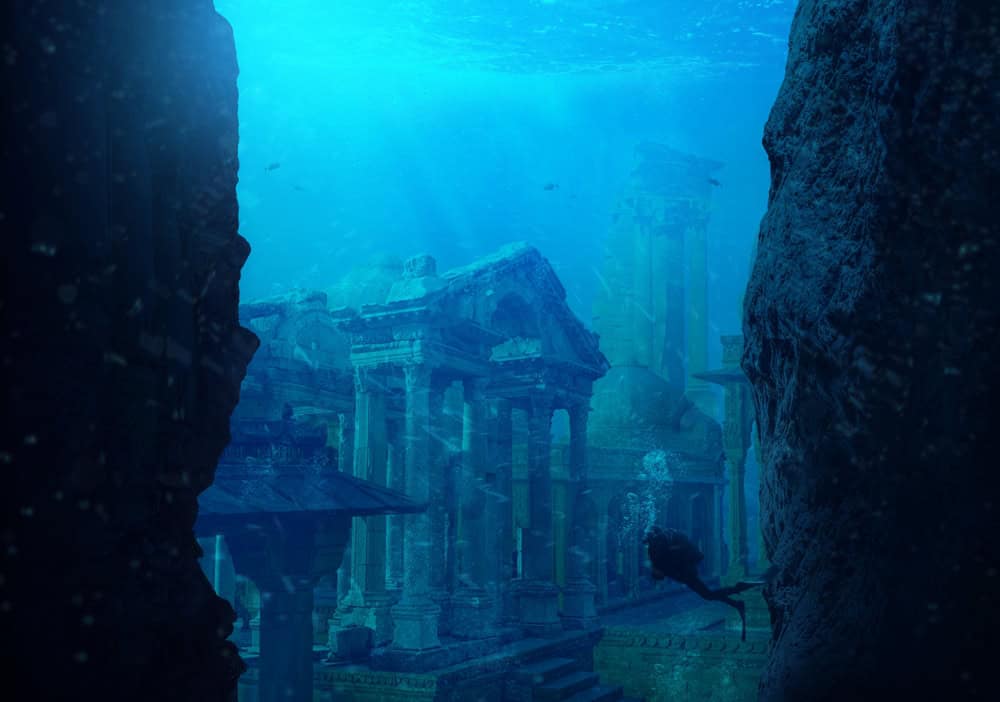
Atlantis is arguably the most famous lost city, primarily due to its mention by the ancient Greek philosopher Plato. Described as a powerful and advanced civilization, Atlantis was believed to be located beyond the “Pillars of Hercules” (presumably the Strait of Gibraltar). According to legend, Atlantis was a utopian island society that fell out of favor with the gods and subsequently sank into the ocean in a single day and night of misfortune. The mystery surrounding its precise location and existence has captivated explorers and scholars for centuries, leading to numerous theories and expeditions.
Machu Picchu
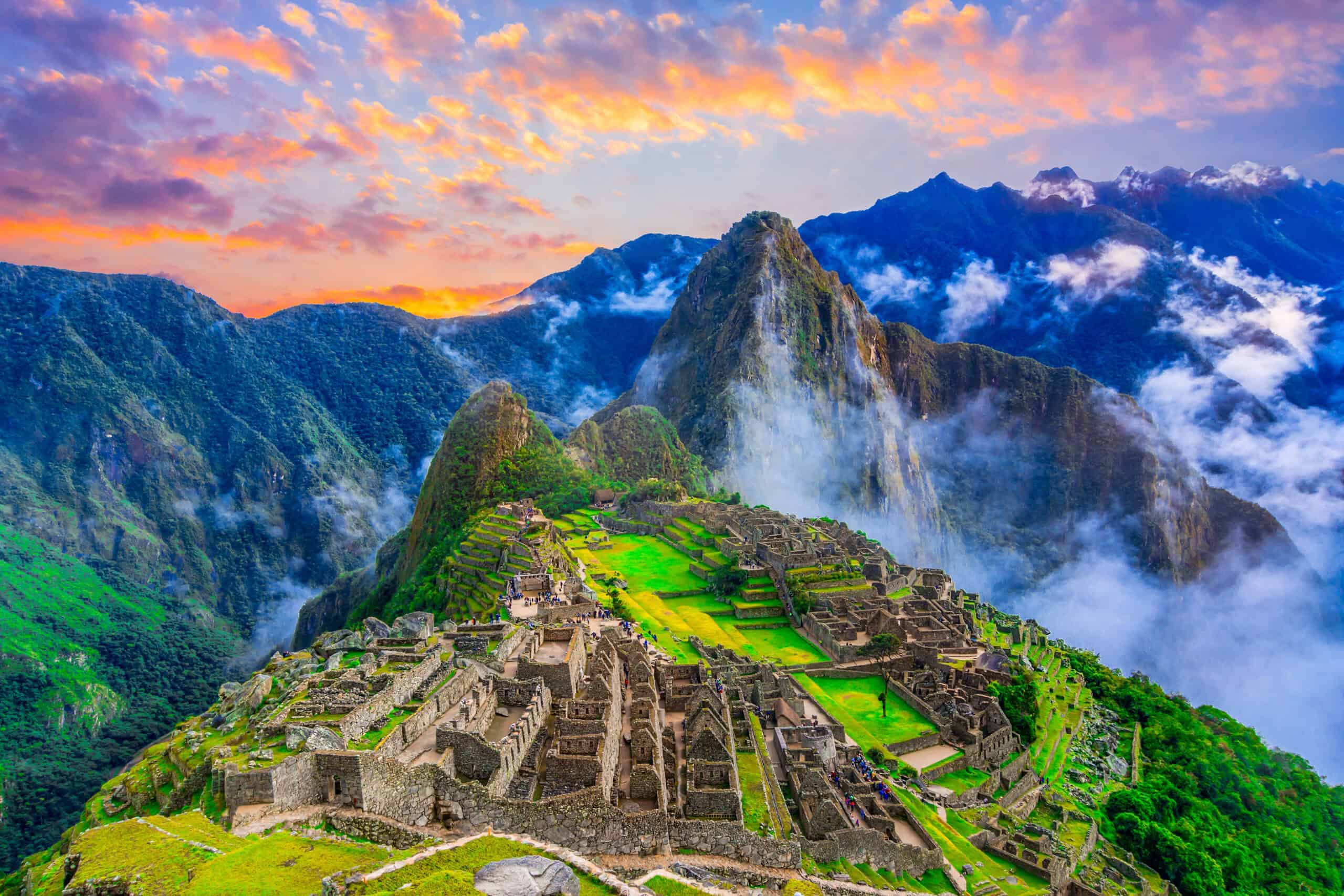
Nestled in the Andes Mountains of Peru, Machu Picchu is an ancient Incan city set high above the Urubamba River valley. Built in the 15th century under the reign of Emperor Pachacuti, it showcases remarkable engineering and architectural skills with its well-preserved structures and terraces. Abandoned during the Spanish Conquest, it remained unknown to the outside world until its rediscovery by American historian Hiram Bingham in 1911. Machu Picchu’s enigmatic allure lies in its stunning location, sophisticated design, and the mystery of its original purpose, whether as a royal estate or a sacred religious site.
Petra
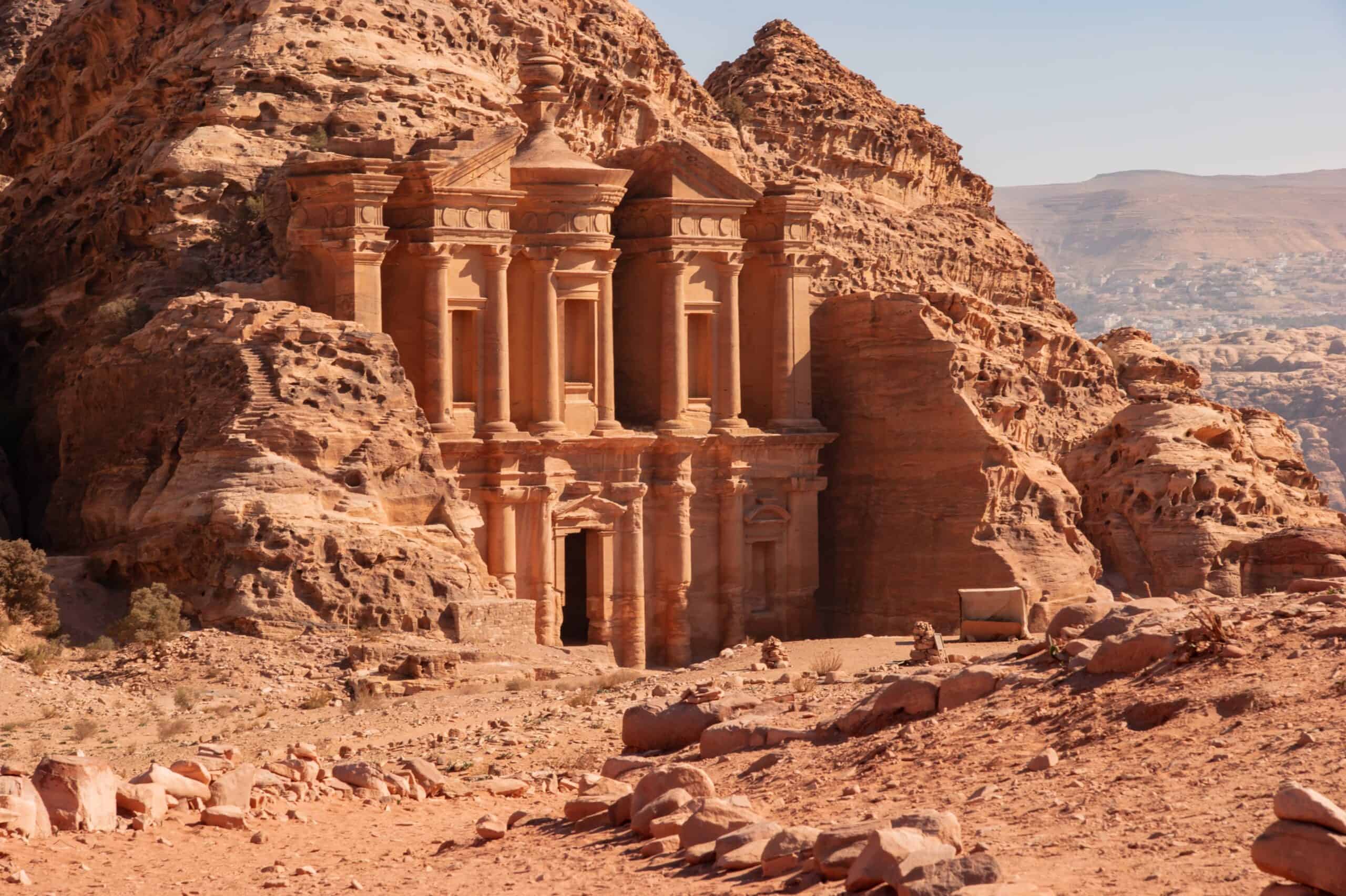
Located in southern Jordan, Petra is renowned for its rock-cut architecture and water conduit system. As the capital of the Nabatean Kingdom, it thrived from the 4th century BC to the 2nd century AD. Petra’s most iconic structure, Al-Khazneh (The Treasury), is a testament to the city’s grandeur. The city’s decline began with the Roman conquest and an earthquake in the 4th century AD. Rediscovered in 1812 by Swiss explorer Johann Ludwig Burckhardt, Petra’s significance lies in its blend of natural beauty, intricate architecture, and historical mystery.
Troy
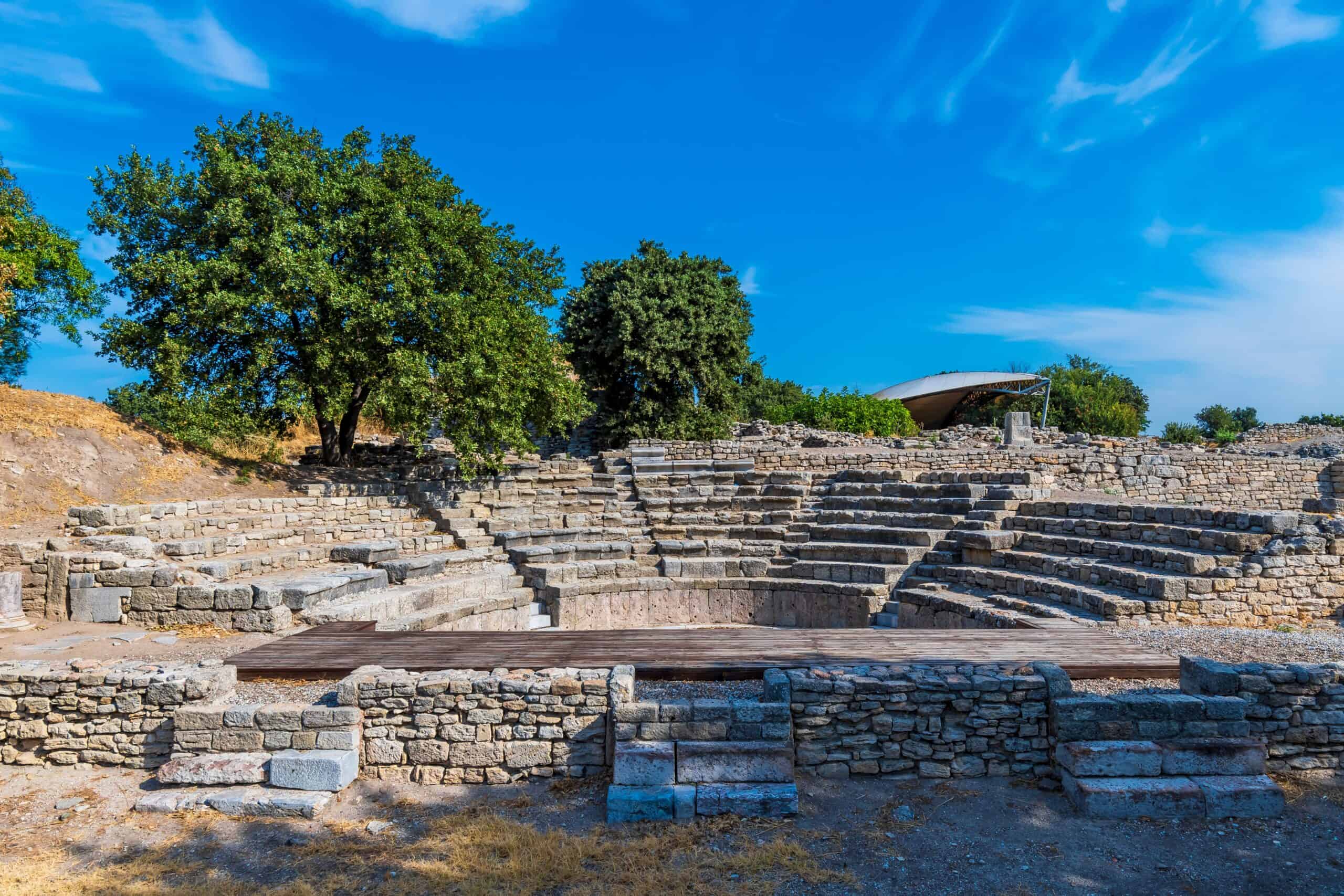
Troy, known from Homer’s epic poems, is an ancient city located in modern-day Turkey. The city gained fame due to its association with the Trojan War, described in the Iliad and the Odyssey. Archaeological excavations by Heinrich Schliemann in the late 19th century uncovered multiple layers of ruins, revealing a complex history of settlement and destruction. Troy’s allure stems from its legendary status, historical significance, and the ongoing debate about the historicity of the Trojan War.
Pompeii
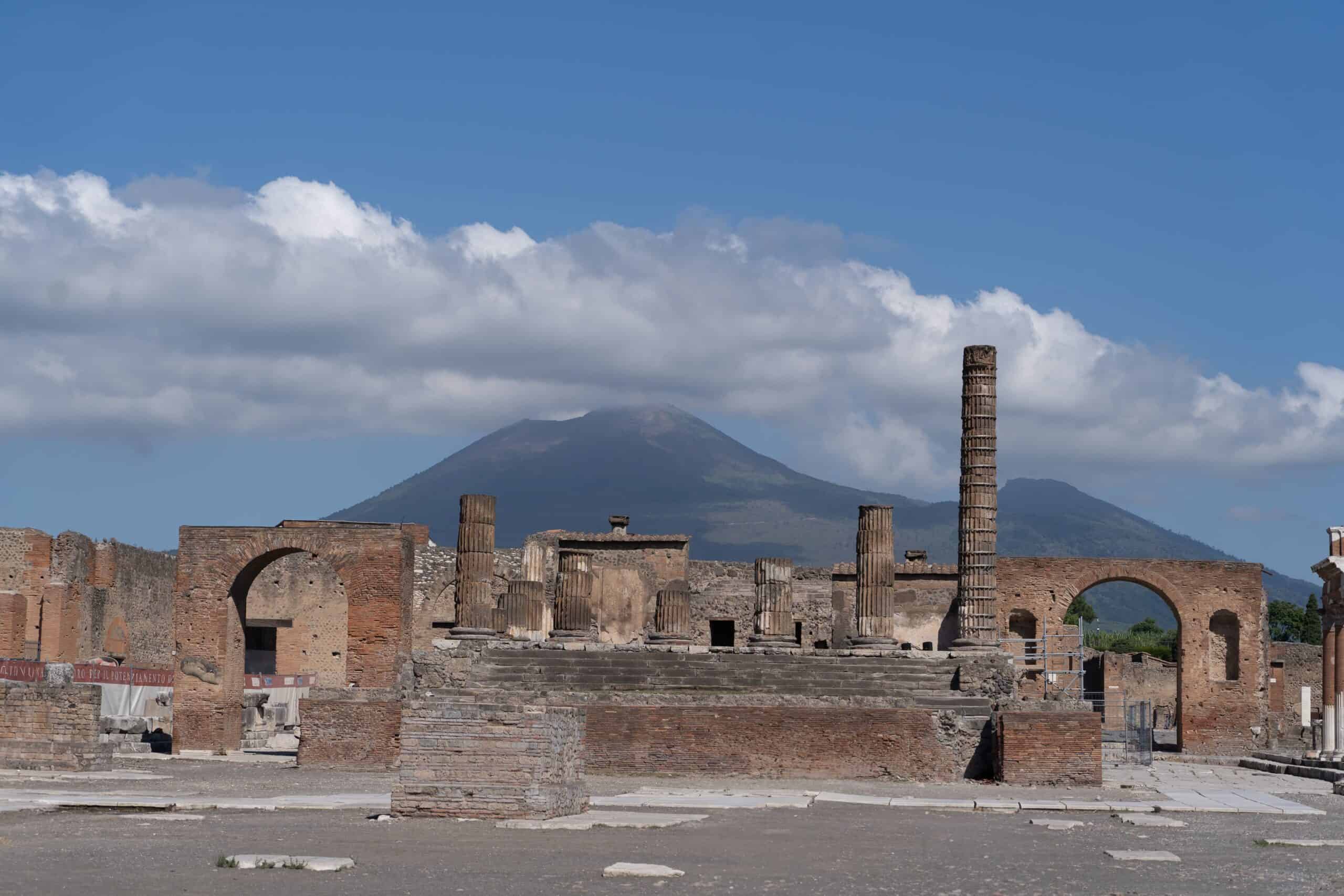
Pompeii, an ancient Roman city near Naples, Italy, met its demise in 79 AD when Mount Vesuvius erupted, burying the city under a thick layer of volcanic ash. The catastrophic event preserved the city in remarkable detail, offering a snapshot of Roman life frozen in time. Excavations have revealed well-preserved buildings, frescoes, and artifacts, providing invaluable insights into ancient Roman culture and daily life. Pompeii’s enigmatic charm lies in its tragic history and the vivid preservation of its past.
Angkor
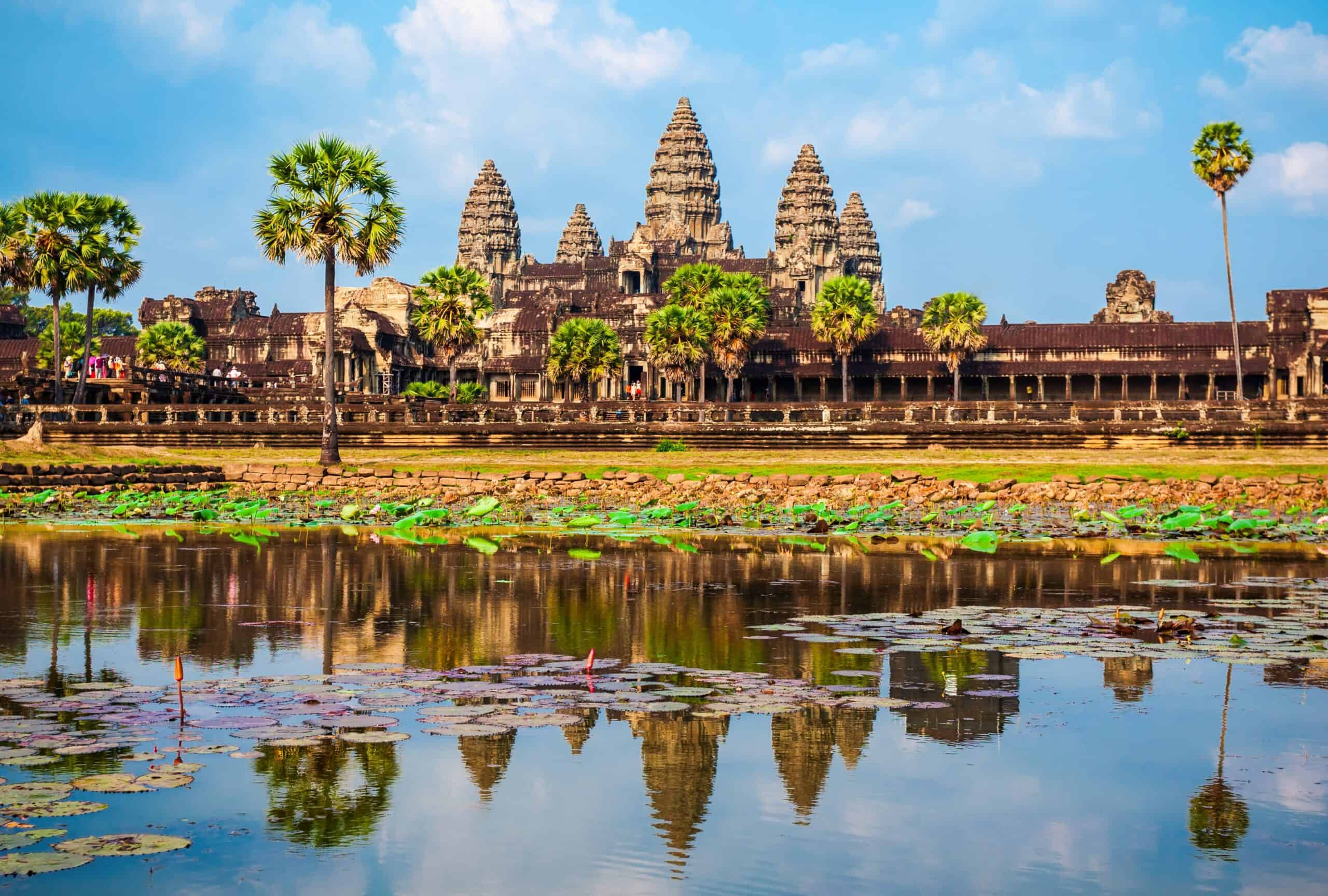
Angkor, the capital of the Khmer Empire, is located in present-day Cambodia. Flourishing between the 9th and 15th centuries, it is home to the iconic Angkor Wat, the largest religious monument in the world. The city’s intricate temples, reservoirs, and canals highlight advanced engineering and architectural skills. Angkor’s decline is attributed to environmental changes, invasions, and economic shifts. Rediscovered by French explorers in the 19th century, Angkor remains a symbol of Khmer ingenuity and spiritual devotion.
Herculaneum
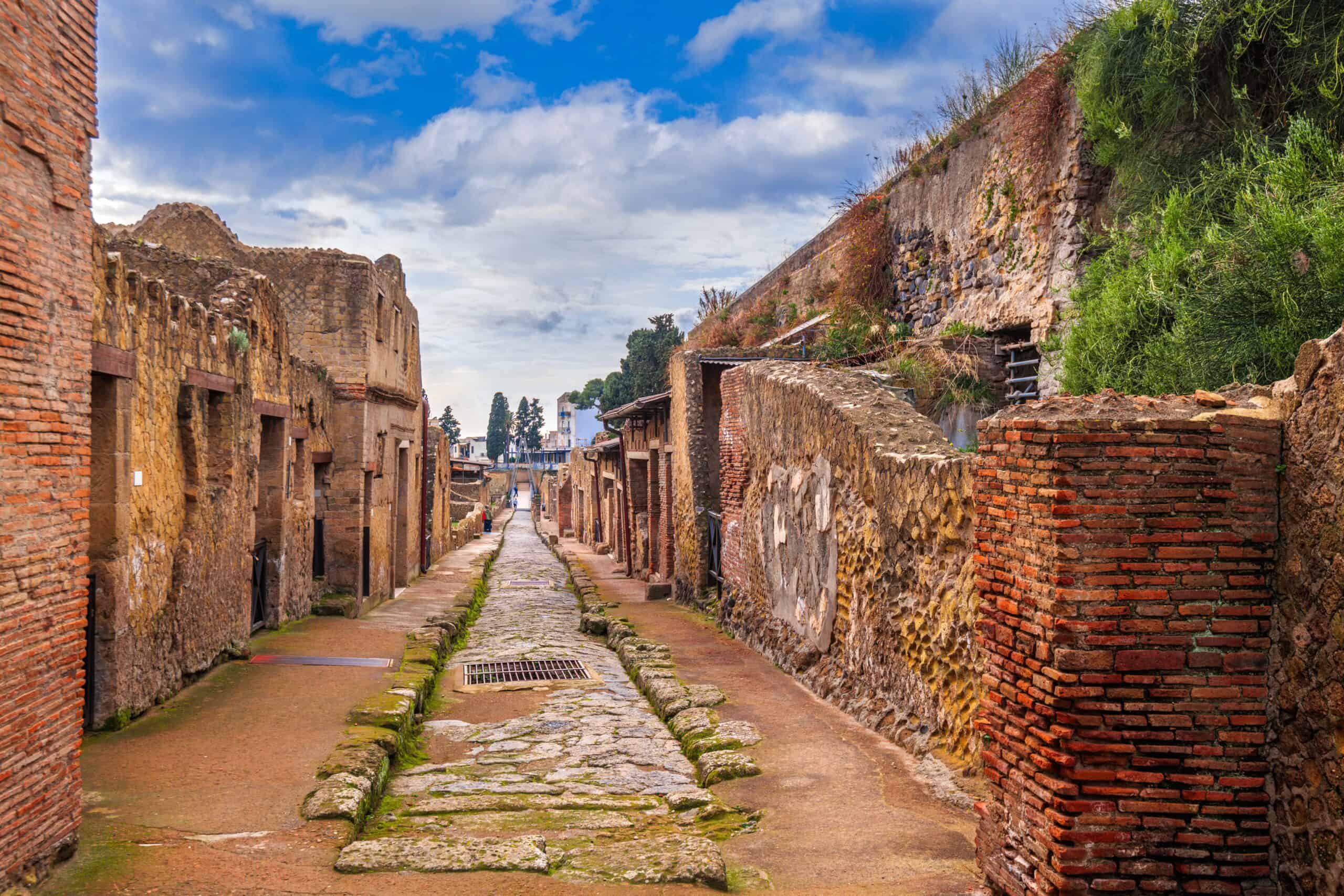
Like Pompeii, Herculaneum was destroyed by the eruption of Mount Vesuvius in 79 AD. Located near modern Naples, it was buried under pyroclastic flows, which preserved wooden structures, furniture, and even food. Excavations have uncovered luxurious homes with intricate mosaics and frescoes, providing a glimpse into Roman life. Herculaneum’s exceptional state of preservation and the dramatic circumstances of its destruction contribute to its enigmatic allure.
Great Zimbabwe
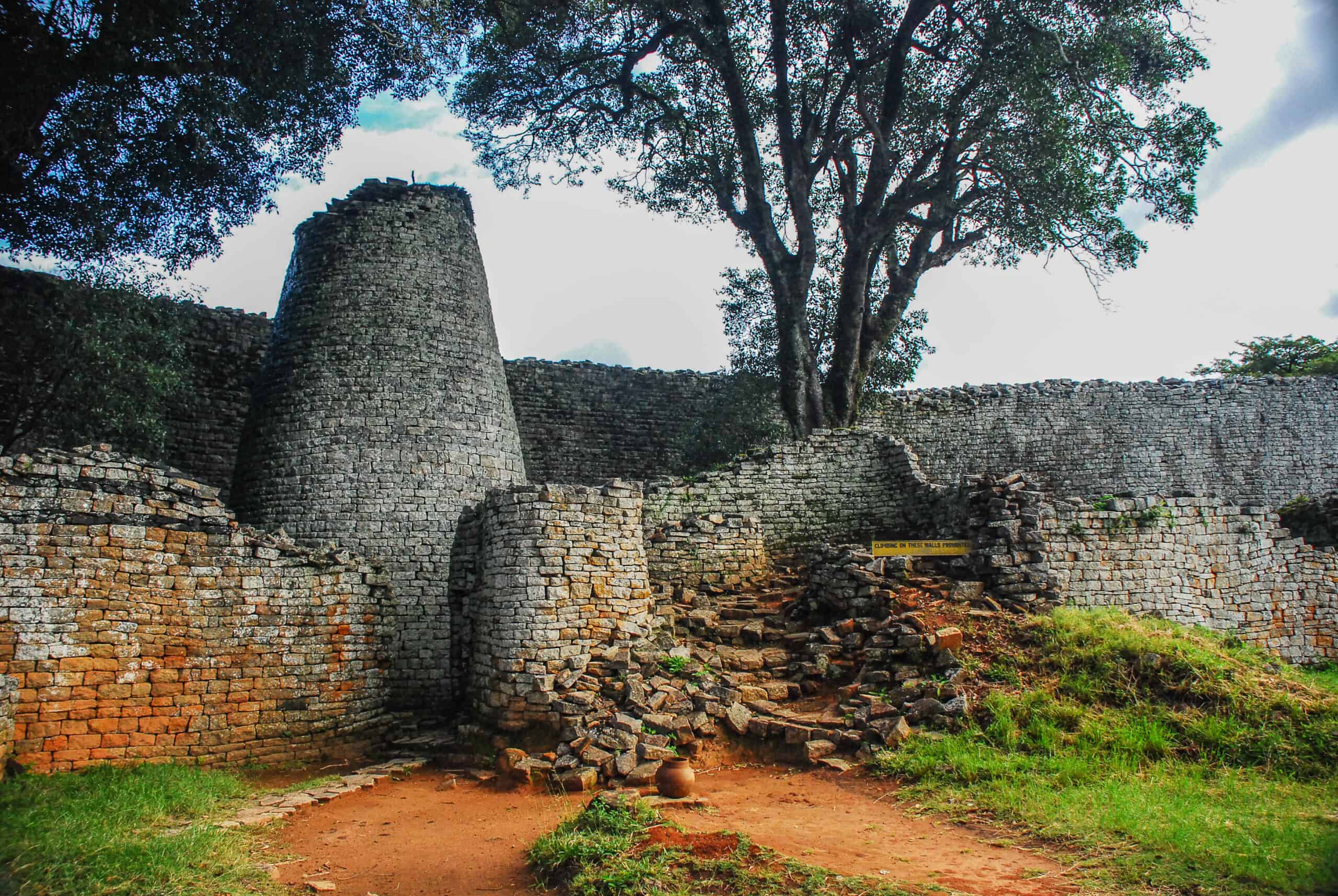
Great Zimbabwe is an ancient city in southeastern Zimbabwe, known for its massive stone structures. Flourishing between the 11th and 15th centuries, it was the capital of the Kingdom of Zimbabwe and a significant trading center. The city’s most notable feature, the Great Enclosure, showcases impressive dry-stone masonry. The reasons for its decline remain debated, with theories including resource depletion and political instability. Great Zimbabwe’s enigmatic charm lies in its architectural grandeur and the mystery of its rise and fall.
Mohenjo-Daro
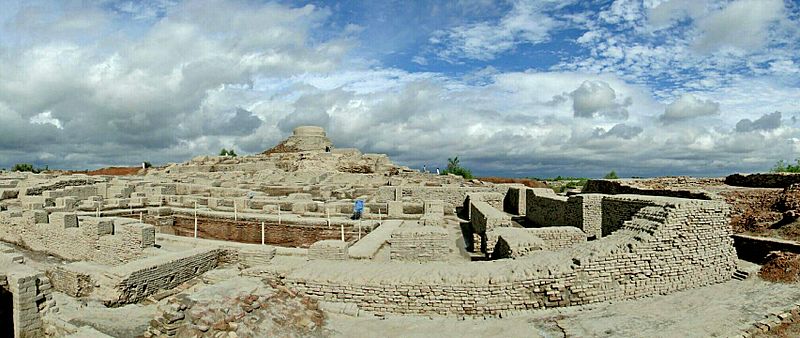
Located in present-day Pakistan, Mohenjo-Daro was one of the principal cities of the Indus Valley Civilization, which flourished around 2600 to 1900 BC. The city’s advanced urban planning, with a grid layout, sophisticated drainage systems, and standardized bricks, indicates a highly organized society. Despite extensive excavations, much about its culture and eventual decline remains unknown. Mohenjo-Daro’s enigma is rooted in its advanced civilization and the unanswered questions about its sudden disappearance.
Hampi
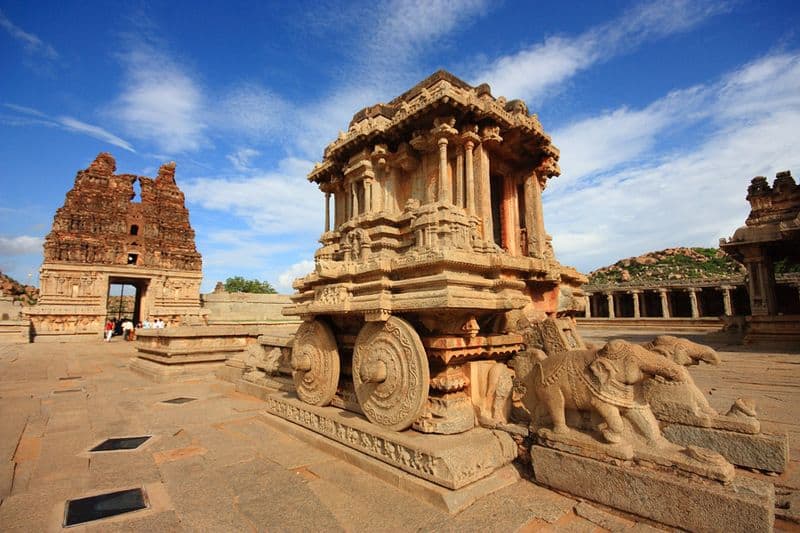
Hampi, in Karnataka, India, was the capital of the Vijayanagara Empire, which thrived from the 14th to 16th centuries. The city is renowned for its grand temples, such as the Virupaksha Temple, and its impressive ruins scattered across a rugged landscape. Hampi’s decline began after its conquest by the Deccan Sultanate in 1565. Its abandonment and the subsequent encroachment of nature have shrouded the city in mystery, making it an enigmatic reminder of a once-great empire.
Göbekli Tepe
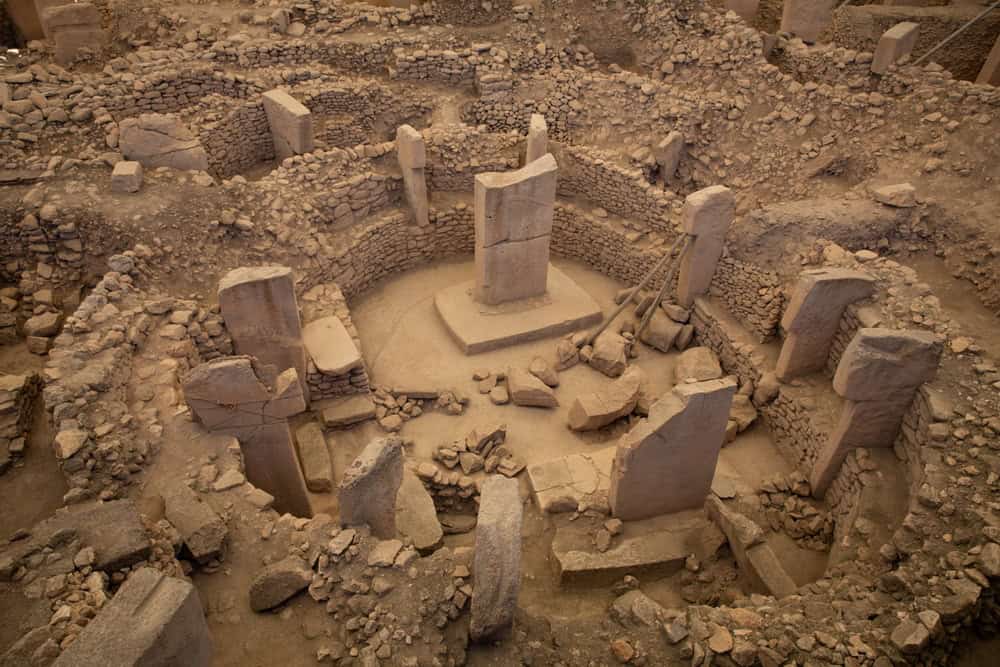
Göbekli Tepe, located in southeastern Turkey, is the world’s oldest known temple complex, dating back to around 9600 BC. The site features massive stone pillars arranged in circles, adorned with intricate carvings of animals and abstract symbols. The purpose of these structures remains a mystery, as they predate the advent of agriculture and settled communities. Göbekli Tepe’s enigma lies in its advanced construction and the unknown motivations of its builders.
Mesa Verde
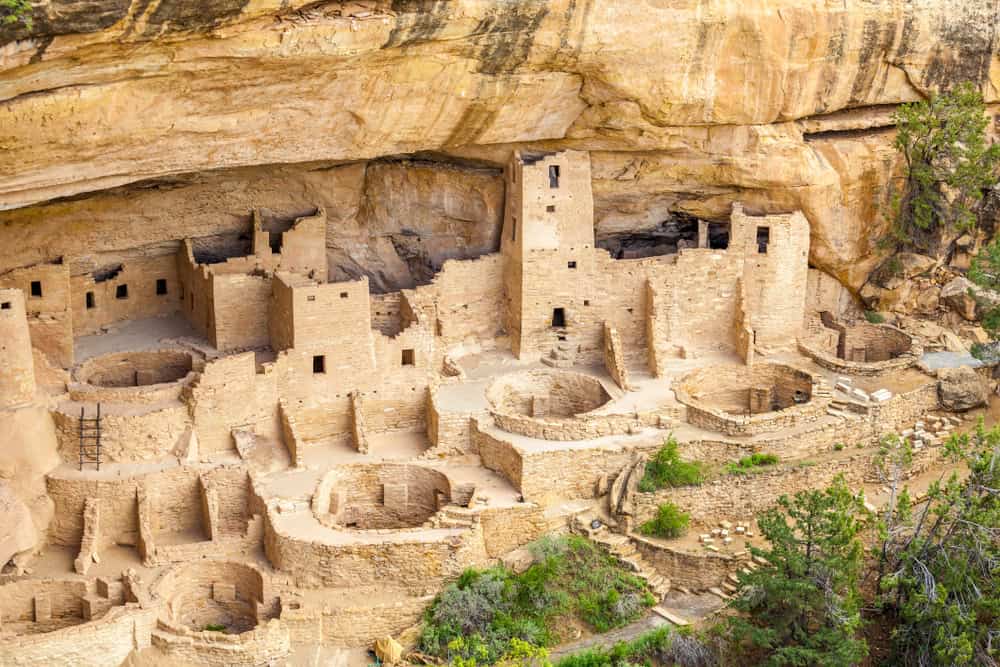
Mesa Verde, in Colorado, USA, is home to cliff dwellings built by the Ancestral Puebloans between 600 and 1300 AD. The most famous of these is the Cliff Palace, an intricate complex of rooms and ceremonial spaces built into the cliffs. The reasons for the Puebloans’ sudden departure from Mesa Verde around 1300 AD are still debated, with theories ranging from drought to social upheaval. Mesa Verde’s allure is rooted in its remarkable preservation and the mystery of its abandonment.
Skara Brae
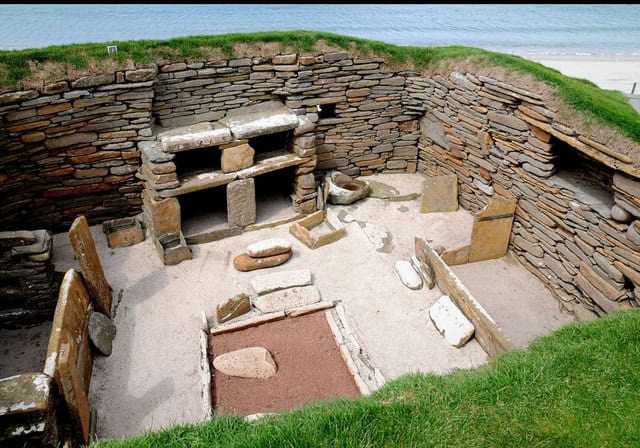
Skara Brae, located in the Orkney Islands of Scotland, is a well-preserved Neolithic settlement dating back to around 3180 BC. Discovered after a storm in 1850, the site includes stone houses with furniture, storage spaces, and tools. Skara Brae provides a unique glimpse into prehistoric life in Scotland, but much about its inhabitants and their way of life remains unknown. The settlement’s enigmatic appeal lies in its age, preservation, and the unanswered questions about its occupants.
Leptis Magna
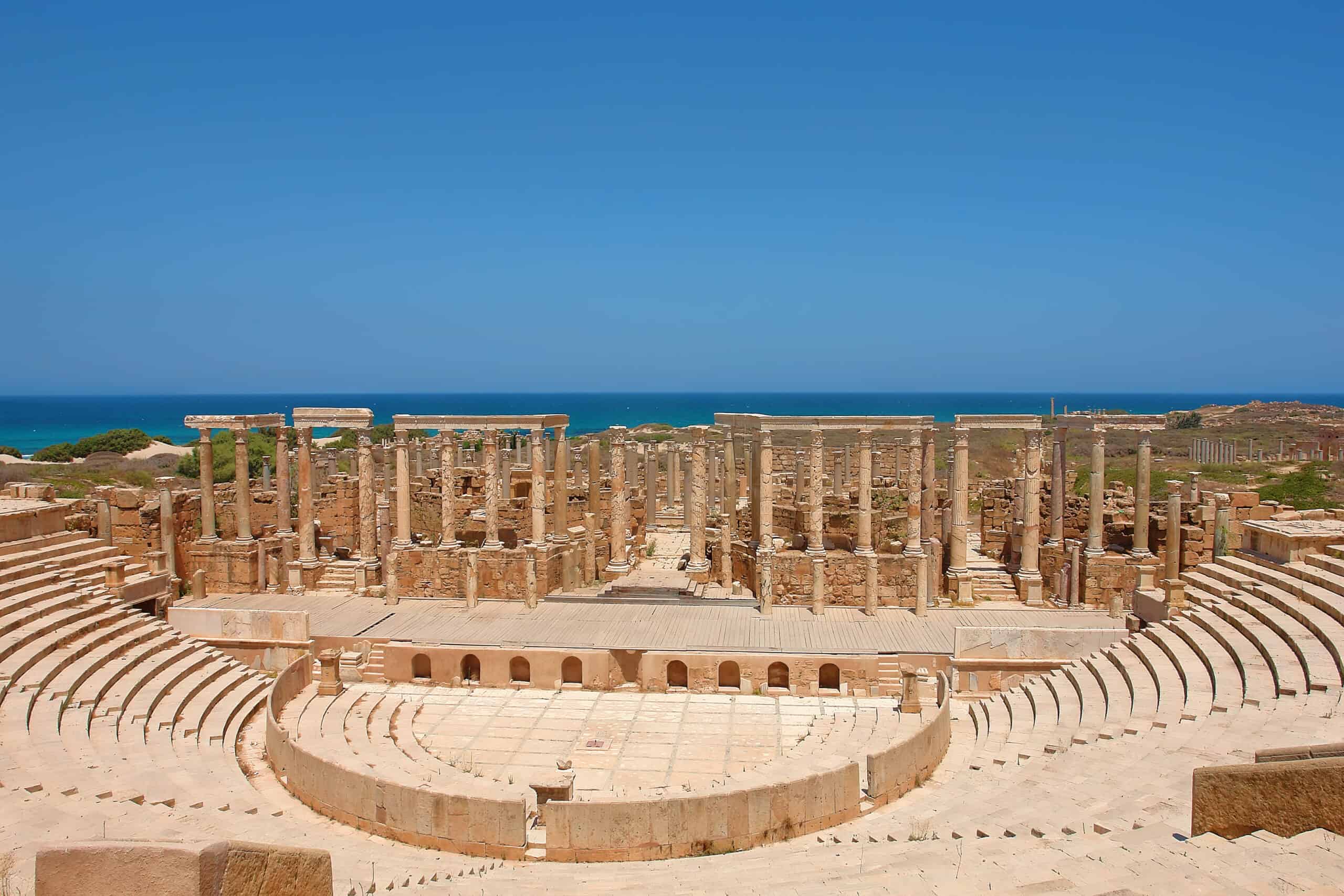
Leptis Magna, near Khoms in Libya, was a prominent city of the Roman Empire. Founded by the Phoenicians and later expanded under Roman rule, it became an important commercial hub. The city boasts well-preserved ruins, including a theater, marketplace, and the impressive Arch of Septimius Severus. Its decline began with the Vandal invasions and continued under Byzantine rule. Rediscovered in the early 20th century, Leptis Magna’s enigmatic charm is due to its extensive ruins and historical significance.
Baia
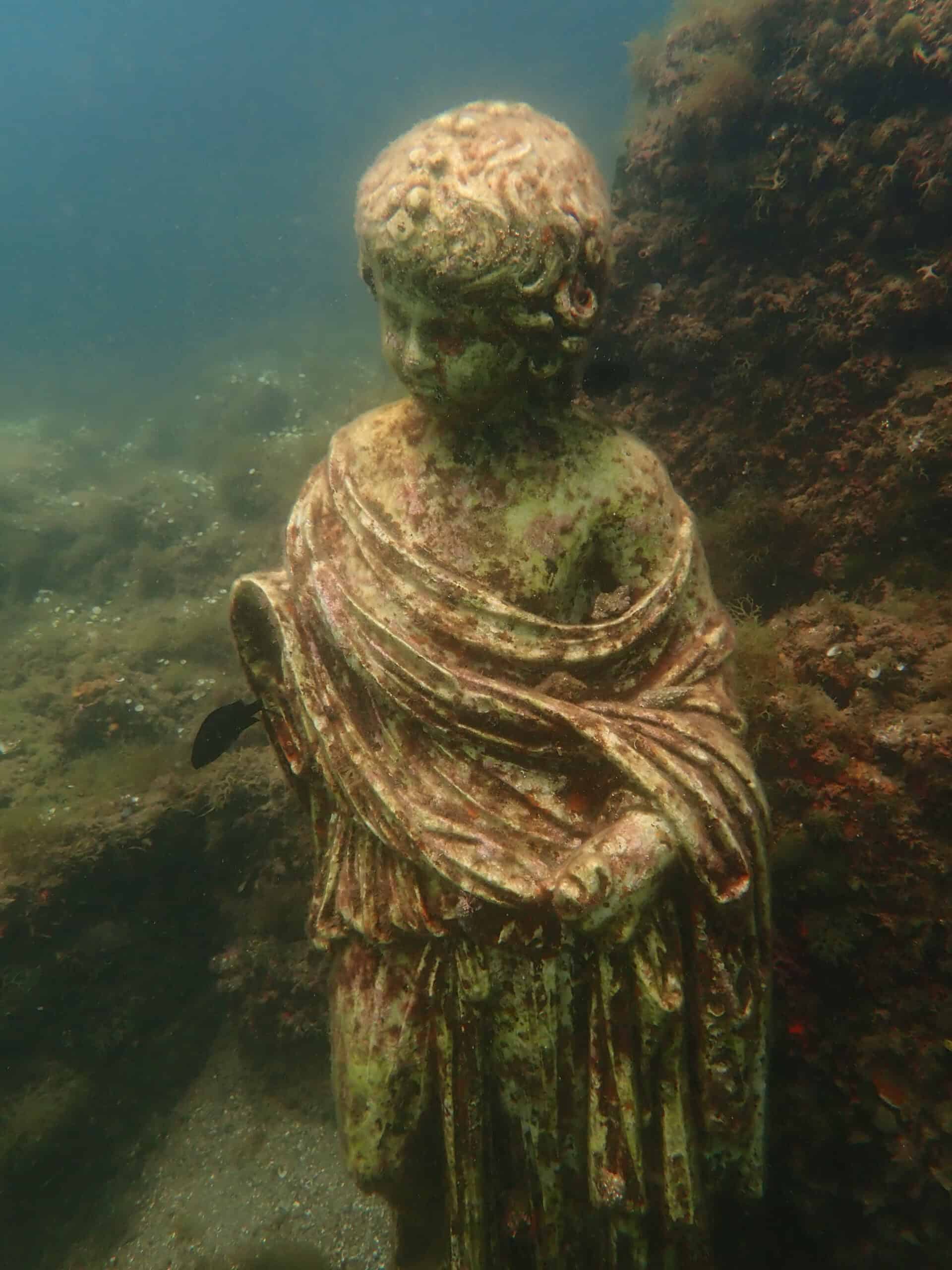
Baia, a luxurious Roman resort city near Naples, Italy, was known for its thermal baths and hedonistic lifestyle. Submerged by volcanic activity, it now lies under the Bay of Naples. The underwater ruins, explored by divers and through glass-bottom boat tours, include villas, statues, and mosaics. Baia’s allure lies in its opulent past and the preservation of its submerged remains.
Nan Madol
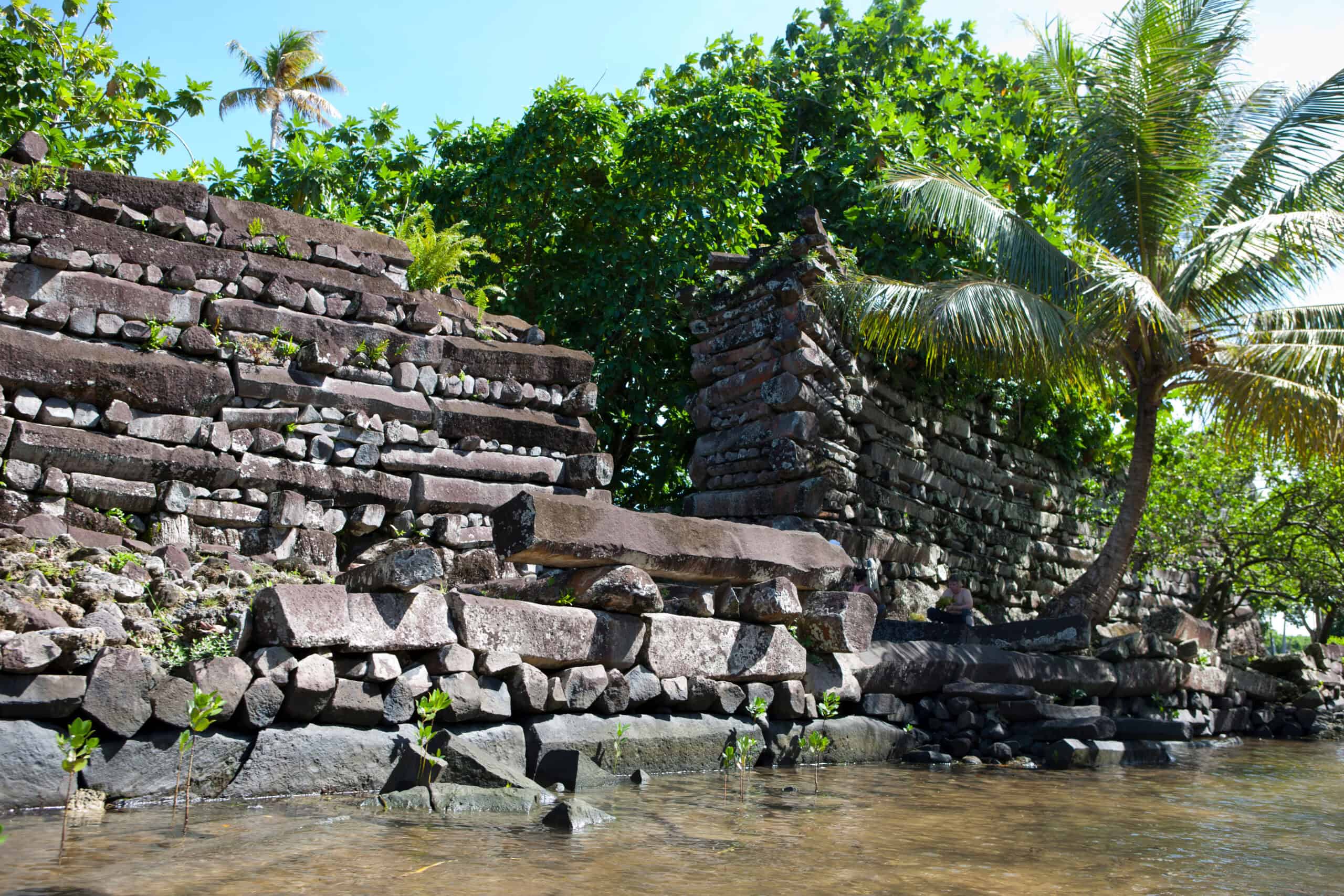
Nan Madol, located off the coast of Pohnpei in Micronesia, is an ancient city built on a series of artificial islets. Constructed around 800 AD, it served as the ceremonial and political center of the Saudeleur Dynasty. The city’s massive stone structures and intricate canals remain a mystery, especially given the lack of written records. Nan Madol’s enigmatic appeal lies in its unique construction and the unknown aspects of its builders’ civilization.
This article originally appeared on Rarest.org.
M0re from Rarest.org
13 Highly Prized Vintage Handbags and Their Worth

Vintage handbags are more than just accessories; they are pieces of fashion history. These bags are often appreciated, making them both stylish and smart investments. Read more.
12 Most Valuable Shelby Cars in Existence

Shelby cars are legendary. They are symbols of speed, power, and American automotive ingenuity. Read more.
14 Most Expensive Cosmetics Brands

Luxury cosmetics brands offer unparalleled quality and prestige. These high-end brands, known for their exquisite formulations and opulent packaging, often come with hefty price tags. Read more.
